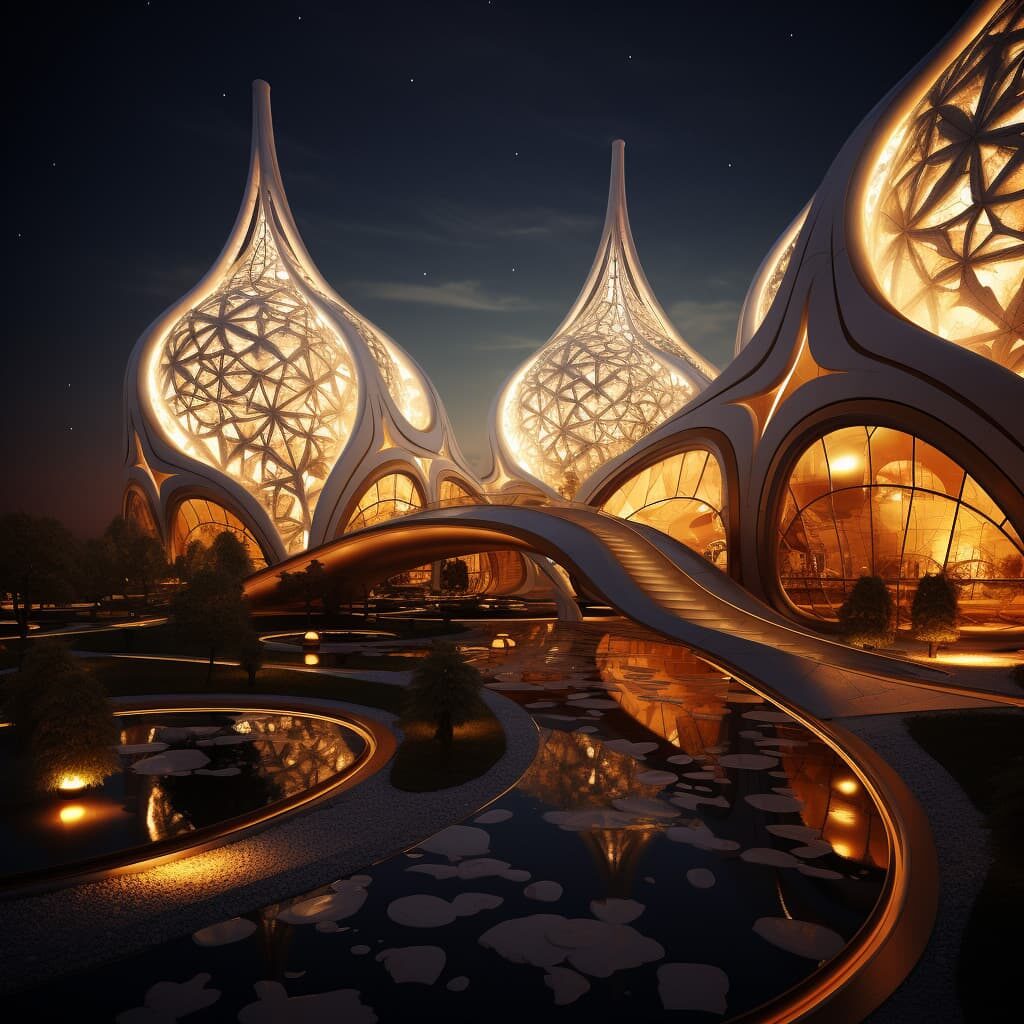
Smart Buildings as Art: The Architecture of the Future
Modern buildings are no longer just places for living or working. They have become part of our digital world, where technology penetrates every corner of the space. The concept of a “smart home” has evolved into something more — a full-fledged philosophy of smart architecture, which combines aesthetics, energy efficiency, and interactivity. These are no longer just lighting or climate control systems: smart buildings are capable of analyzing the behavior of their occupants, adapting to it, and even predicting their needs.
On the streets of Budapest and other Hungarian cities, examples of such transformation are already visible — residential complexes equipped with automation systems, offices where intelligent lighting adjusts to the rhythm of employee activity, and even public spaces that respond to changes in weather and noise levels. All of this indicates a new architectural reality where the building becomes a living organism.
Architecture as Digital Interaction
The hallmark of smart architecture is the ability of buildings to interact with the surrounding world. Sensors, cameras, machine learning algorithms — all of these turn concrete and glass into a high-tech interface. The space becomes dynamic, flexible, almost “playful.”
This gamification of the environment closely echoes the development of online entertainment. Just like in virtual worlds or modern online casinos, smart buildings create a sense of personalized experience. A person ceases to be just a user — they become a participant who influences the interaction scenario. Much like in a casino interface where a player customizes bonuses and selects games to their liking, residents of a smart home can configure lighting scenarios, musical accompaniment, or security. All of this creates the effect of an “interactive environment” that not only surrounds but also responds.
The Aesthetics of the Future: How Technology Changes the Perception of Beauty
Smart architecture is not only about technology but also about art. Modern architects are increasingly using digital tools not only for designing but also for creating emotional responses. Building facades can change shape, color, and texture depending on the time of day or weather conditions. Interiors adapt to the user’s mood using dynamic lighting, scent diffusion, and soundscapes.
Hungarian architectural studios are also moving in this direction. Some experiment with media facades: for instance, on the streets of Debrecen, you can find buildings whose walls respond to the movement of passersby with light effects. This is not just decoration, but a way of creating a living dialogue between person and architecture.
Energy Efficiency and Sustainability: The Ethics of Modern Architecture
In the face of global climate change, energy efficiency has become a crucial factor in building design. Modern technologies make it possible to significantly reduce resource consumption — from solar panels to water recycling systems and autonomous heating.
Smart buildings not only monitor energy consumption but also become energy generators themselves. In some new developments in Budapest, there are already projects with zero energy consumption, where the building fully supports itself through renewable sources. These projects not only reduce environmental impact but also symbolize a new architectural mindset, where technology serves not just convenience, but also sustainability.
Architecture as a Platform for Culture and Technology
The future of architecture is not just about homes and offices, but also about new forms of public spaces: museums, concert halls, even shopping centers, which are becoming multimedia platforms. In such spaces, the boundaries between physical and virtual are blurred: the audience can not only observe but also participate in the experience through augmented reality, sensory panels, and interactive elements.
This transformation of space is already influencing people’s habits, including their leisure time. The same visitors who prefer intellectual entertainment — like virtual exhibitions or live concert broadcasts — are equally eager to try interactive games, including virtual slots, roulette games offering generous bonus programs, and gyors kifizetés casino platforms online. All of this is part of a broader cultural shift, where digital interaction has become a habitual way of experiencing the world.
The Disappearance of Boundaries Between Style and Function
The main challenge of future architecture is to erase the line between aesthetics and functionality. A building no longer has to choose between beauty and efficiency. Thanks to innovative materials and digital control, anything is possible — from “living” facades to autonomous service systems. Architecture becomes a synthesis of engineering genius and artistic vision.
In Hungary, this trend is especially noticeable in the design of cultural and educational institutions: more and more often, buildings are designed according to the principles of “architectural adaptation” — the ability of space to change depending on the task and context. These might be transformable auditoriums, retractable stages, movable walls — all of this makes the space flexible, dynamic, and alive.
Conclusion: The Future Has Already Arrived
The architecture of the future is not a utopia — it is a reality that has already begun. Smart buildings in Hungary and around the world are becoming part of everyday life. They not only make spaces comfortable and safe but also turn them into full-fledged elements of culture, interaction, and even entertainment. In a world where the boundaries between physical and digital are gradually disappearing, it is architecture that can become the bridge — uniting technology, art, and human emotion into a single whole.